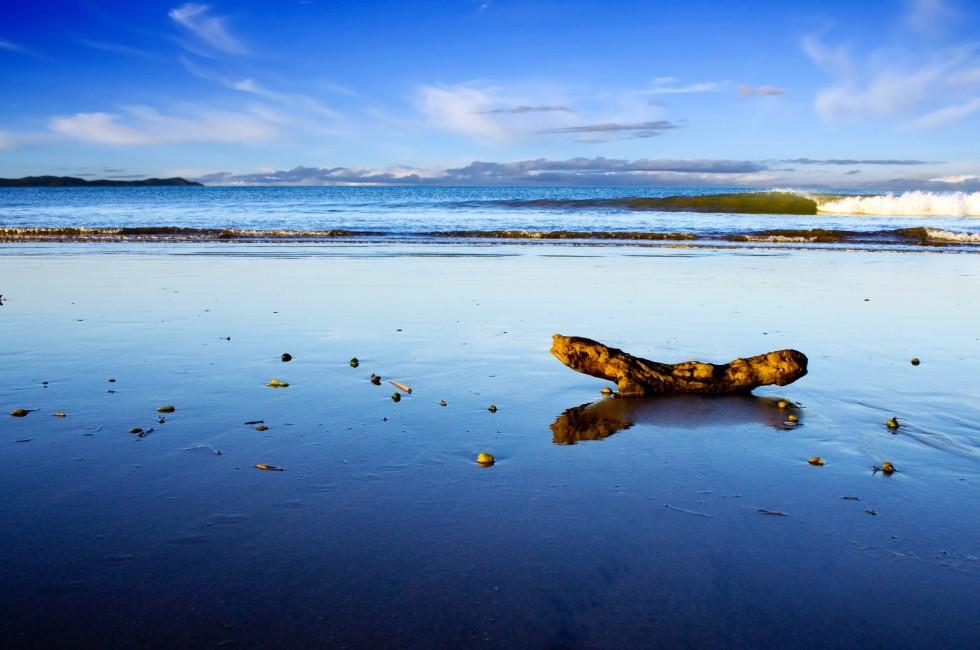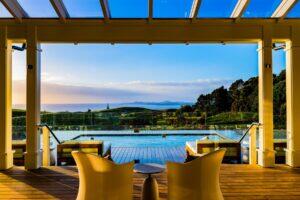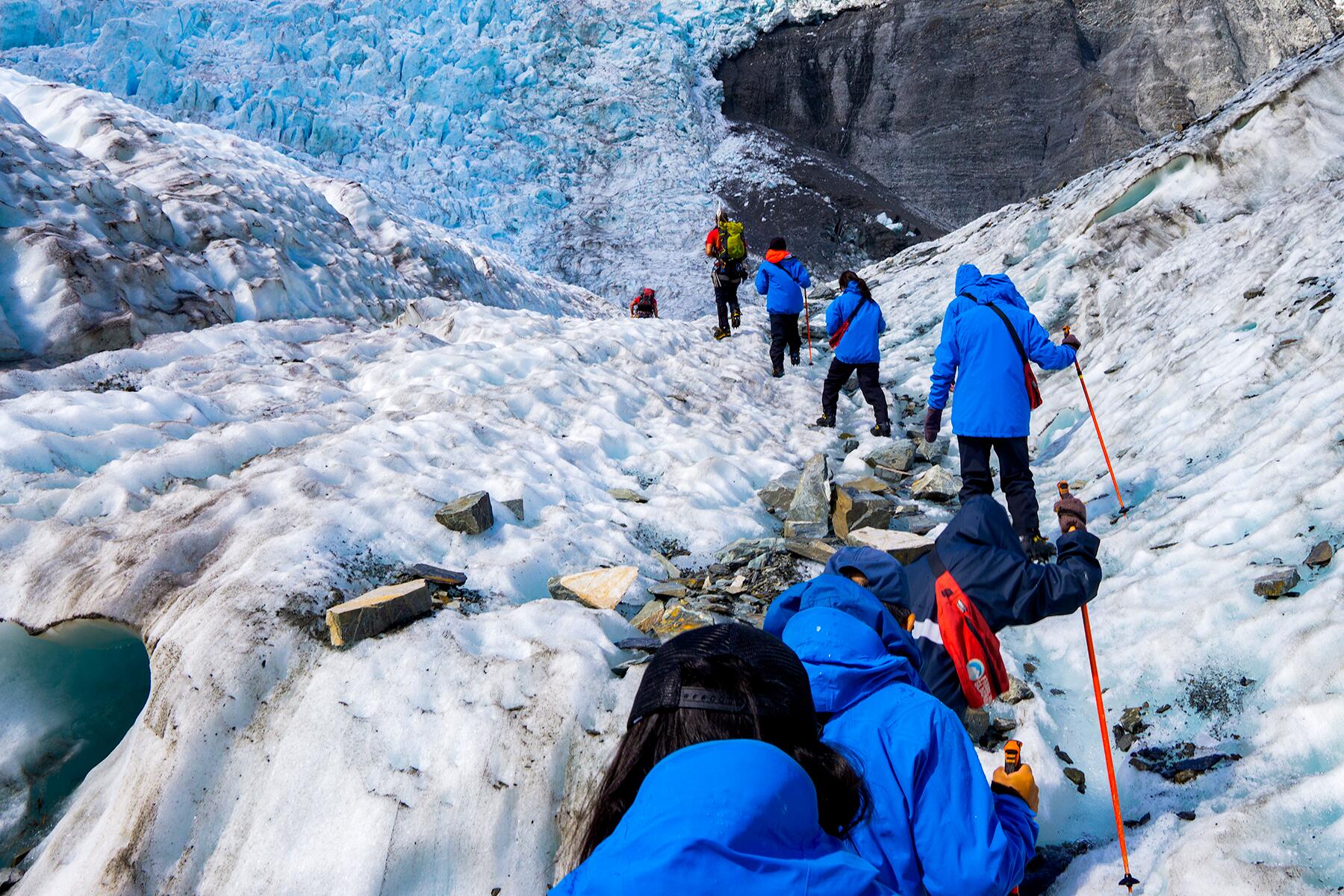Northland and the Bay of Islands
Northland and the Bay of Islands
Northland is the place to go when you seek more than great restaurants and shopping. You'll be best served on a trip here by taking in inspiring views from winding coastal roads or reading on a quiet beach with some fruit from owner-operated shops. While there are pockets of relative sophistication that offer good coffee and fancy food, much of this part of the country is about the views.
There's a rawness to the North. Social tensions are exacerbated by high unemployment, particularly among the area's M?ori population, and political neglect, but the scenery is truly majestic, going from rugged to pastoral in a matter of kilometers.
You will notice the change about an hour after leaving the sometimes-confusing jumble that makes up Auckland. With the city behind you the air s...
Read MoreNorthland is the place to go when you seek more than great restaurants and shopping. You'll be best served on a trip here by taking in inspiring views from winding coastal roads or reading on a quiet beach with some fruit from owner-operated shops. While there are pockets of relative sophistication that offer good coffee and fancy food, much of this part of the country is about the views.
There's a rawness to the North. Social tensions are exacerbated by high unemployment, particularly among the area's M?ori population, and political neglect, but the scenery is truly majestic, going from rugged to pastoral in a matter of kilometers.
You will notice the change about an hour after leaving the sometimes-confusing jumble that makes up Auckland. With the city behind you the air starts to clear and you can see what some call the Northland light. The lack of industry in Northland alongside a declining population means less pollution, and may account for the fact that it seems brighter the farther north you go, even on overcast days.
The Tasman Sea to the west and the Pacific Ocean to the east meet at the top of North Island at Cape Reinga. No matter what route you take, you'll pass farms and forests, marvelous beaches, and great open spaces. Even though the East Coast, up to the Bay of Islands, is Northland's most densely populated, often with cashed-up migrants from bigger cities—looking for a more relaxed life—it still feels uncrowded.
The first decision on the drive north comes at the foot of the Brynderwyn Hills. Turning left will take you up the West Coast through areas once covered with forests and now used for either agricultural or horticulture.
Driving over "the Brynderwyns," as they are known, takes you to Whangarei, the only city in Northland. If you're in the mood for a diversion, you can slip to the beautiful coastline and take in Waipu Cove, an area settled by Scots, and Laings Beach, where million-dollar homes sit next to small Kiwi beach houses.
An hour's drive farther north is the Bay of Islands, known all over the world for its beauty. Here you will find lush forests, splendid beaches, and shimmering harbors. The Treaty of Waitangi was signed here in 1840 between M?ori and the British Crown, establishing the basis for the modern New Zealand state. Every year on February 6, the extremely beautiful Waitangi Treaty Ground (the name means weeping waters) is the site of a celebration of the treaty, and of protests by M?ori unhappy with it.
Continuing north on the East Coast, the agricultural backbone of the region is even more evident and a series of winding loop roads off the main highway leads to beaches that are both beautiful and isolated where you can swim, dive, picnic, or just laze.
The West Coast is even less populated, and the coastline is rugged and windswept. In the Waipoua Forest, you will find some of New Zealand's oldest and largest kauri trees; the winding road will also take you past mangrove swamps.
Crowning the region is the spiritually significant Cape Reinga, the headland at the top of the vast stretch of 90 Mile Beach, where it's believed M?ori souls depart after death. Today M?ori make up roughly a quarter of the area's population (compared with the national average of about 15%). The legendary M?ori navigator Kupe was said to have landed on the shores of Hokianga Harbour, where the first arrivals made their home. Many different iwi (tribes) lived throughout Northland, including Ngapuhi (the largest), Te Roroa, Ng?ti Wai, Ng?ti Kuri, Te Aupouri, Ngaitakoto, Ng?ti Kahu, and Te Rarawa. Many M?ori here can trace their ancestry to the earliest inhabitants.











